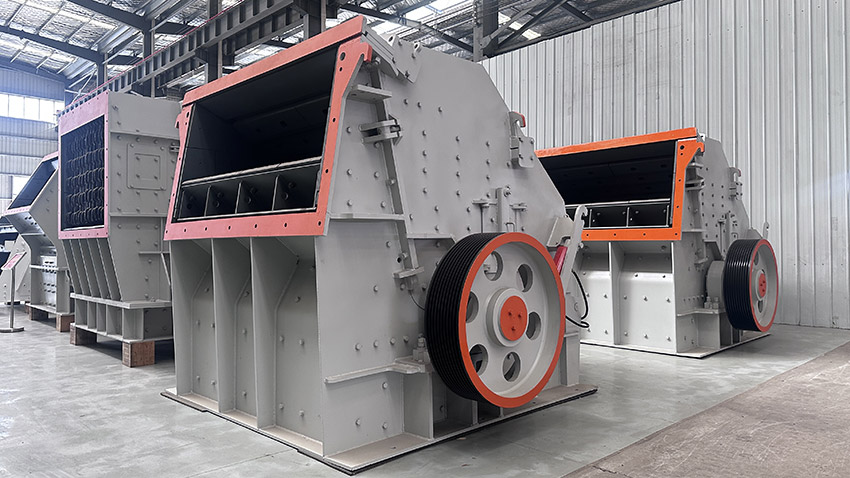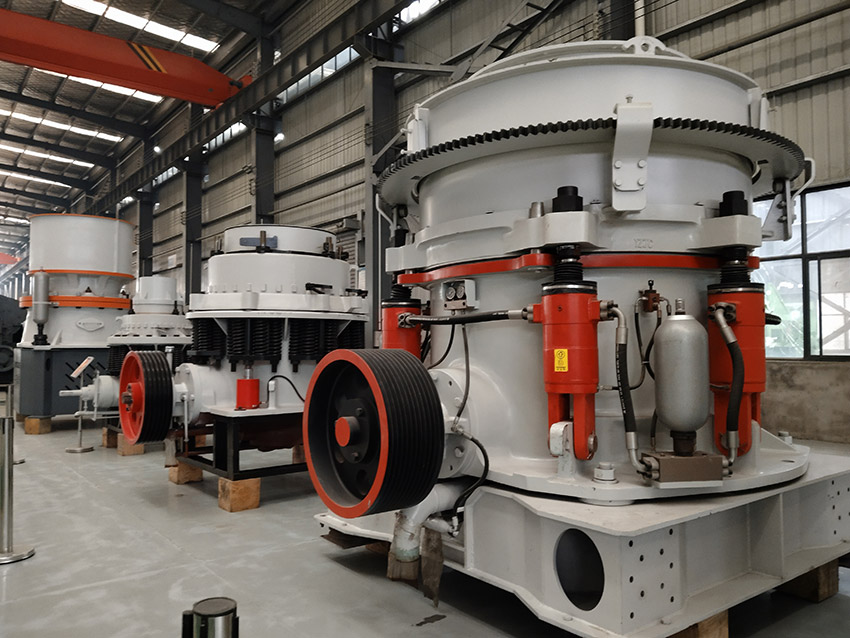Shengbang International Technology(Henan) Co., Ltd is a professional mining machinery manufacturer, mainly producing crushing, sand making, screening and supporting equipment. The company integrates product design, research and development, processing and manufacturing, sales and after-sales service, adhering to the concept of “scientific, rigorous, persistent and refined”, and providing customers with one-stop service.
In this session, we ’ ll cover technical specifications, working principles, pros and cons, application cases, and cost analysis of both crusher types. By the end, you’ll clearly understand which crusher suits your project best.
First, let’s clarify the role of secondary crushers in a crushing production line. Primary crushers (such as jaw crushers) break large materials into smaller pieces, while secondary crushers further reduce these pieces to specific sizes, preparing them for subsequent processes like grinding and screening. Key criteria for choosing a secondary crusher include: capacity, output size, energy consumption, maintenance ease, and material characteristics (hardness, abrasiveness). Now, let’s compare impact crushers and cone crushers based on these aspects.

SBKT-Impact Crusher
1. Working Principle: Impact crushers use a high-speed rotor with hammers to throw materials against impact plates. Repeated impacts and collisions crush the materials. This method suits medium to low-hardness materials like limestone and dolomite.
2. Advantages: It produces uniformly sized, cubic-shaped particles, ideal for aggregate shaping; offers a high crushing ratio for fine output in one pass.
3. Disadvantages: Hammers and impact plates wear quickly due to direct contact with materials, increasing maintenance costs; unsuitable for high-hardness, abrasive materials like quartz and basalt.

SBKT-Cone crusher
1. Working Principle: Cone crushers crush materials through compression and bending between a moving cone and a fixed cone. The moving cone oscillates via an eccentric bushing, gradually crushing the material.
2. Advantages: Ideal for high-hardness materials like granite and iron ore; the compression-based crushing extends wear part lifespan and maintenance intervals.
3. Disadvantages: Output particles are coarser and more flaky; higher initial investment cost due to complex structure.
Fill in the information and we will contact you as soon as possible